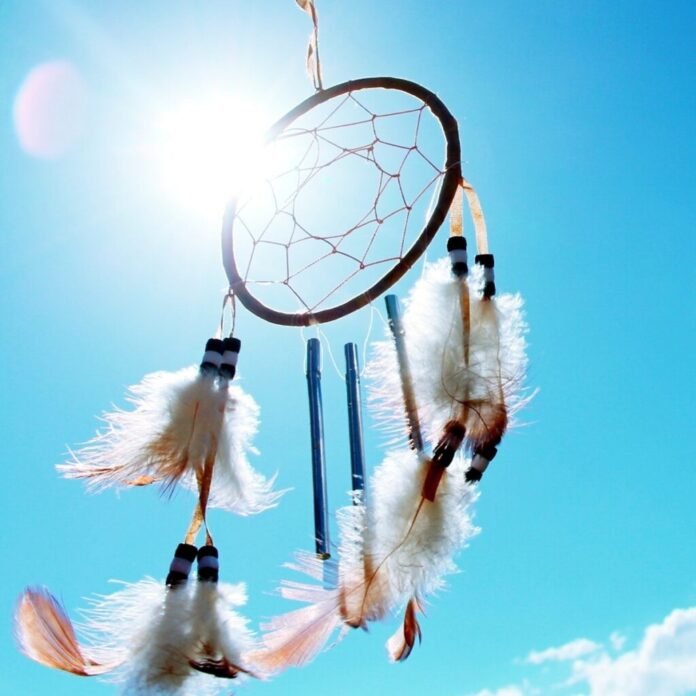From traditional saris in India to abstract designs in Paris, the influence of fashion is both global and varied. The beauty of runway shows is that it allows us to explore the myriad ways in which clothing and style can tell a cultural story, reflecting a country’s history, society and values. In this article, we’ll be taking a journey around the world to uncover the unique power of fashion, and how it impacts different cultures.
1. Stepping Out in Style: A Global Perspective on Fashion
The world of fashion is an ever-evolving landscape that takes on the shape of its diverse inhabitants. Every culture’s fashion aesthetic is a reflection of its core values, history, and environment. From North American streetwear to Japanese kimonos, taking a global perspective on fashion allows us to explore the variety of styles around the world. Here are three examples of countries embracing unique fashion perspectives:
- Mexico: Mexican fashion channels the vibrancy and energy of its culture. From bright and patterned fabrics to intricate embroidery, Mexican fashion includes a number of flamboyant looks to suit any occasion. This style also heavily features bold jewelry, color blocks, and strategic layering.
- France: French fashion is known for its timeless elegance. This includes the iconic ‘French girl style’ featuring light colors, statement accessories, and effortless yet fashionable ensembles. French girls are renowned for their ability to look perfectly put together but never overly styled.
- Nigeria: Nigerian fashion is a vibrant mix of both modern and traditional elements. Both men and women regularly wear bright colors and African-inspired patterns such as Ankara prints. Nigeria is also home to luxury fashion labels such as Tiffany Amber and Meena which blend native textiles and techniques with contemporary shapes and silhouettes.
Getting acquainted with global fashion perspectives can be an incredibly inspiring journey. From designs that emphasize modesty to looks that centre around colour and texture, there is something out there for everyone. The next time you’re looking to step out in style, be sure to search on a global level and explore the wonderful diversity of fashion.
2. Cultural Expression Through Clothing
Our clothing choices are an important form of cultural expression. Throughout the course of history, clothing has played a pivotal role in representing cultural, religious and political beliefs. It is also a mode of communication through the use of colors and textures, patterns and fabrics, textures and of course, shapes.
Color can be used to communicate social status, heritage and other beliefs that are shared among a group of people. From subtle hues to bright, bold graphics, people use clothing to tell stories about themselves and connect with their community.
Symbols can also be used to represent traditional, religious and cultural identity. It could be in the form of intricate embroidery, patterns on the fabric or even the cut of the garment. These patterns and symbols are used to convey meaning, signify belief and communicate preferences. For example, a white tunic may symbolize purity or innocence.
Style is another factor that can be used to express cultural identity. Certain cuts of clothing and ways of dressing are often associated with particular countries or regions, subcultures or generations. For instance, the sari is closely associated with India and its vibrant culture.
Fabrics can also be powerful indicators of a person’s background or cultural identity. Textiles are often woven by hand using generational techniques, and this can be used to showcase a person’s craftsmanship, sense of heritage and cultural pride. In addition, fabrics often comprise of natural materials that are unique to certain regions, like hemp or cotton.
- Color, Symbols, Style and Fabric all play a major role in expressing cultural identity through clothing.
- Certain cuts or shapes of clothing are closely associated with particular countries or regions.
- Natural materials can be used to showcase a person’s sense of craftsmanship or pride.
- The use of color and texture in fabric or embroidery can represent traditional, religious or cultural beliefs.
3. Dressing for Climate: Adapting to Different Climates
No matter where you live, understanding your local climate is key to dressing for it effectively. Whether you live in a place with hot summers, cold winters, wet weather, humid climates or anything in between, there are distinct ways to dress properly for your climate.
Layering – Layering can be one of the most beneficial ways to dress for fluctuating temperatures. Choose thin, lightweight fabrics that won’t make you too hot or too cold. With this tip, you will be prepared if the temperature suddenly rises or plummets. Also, wear items you will be able to remove easily; such as a sweater over a t-shirt.
Material Matters – Find fabrics that suit the weather. For warm climates, stick with light materials such as cotton, linen, viscose to help keep your body cool. When the temperature drops, opt for wool, fleece, corduroy or rubberized cotton which will keep you warm. For rainy weather, look for water resistant materials like cotton covered in wax, or choose synthetic materials such as nylon or polyester.
Common Accessories – Lastly, here are a few common accessories to keep in mind when dressing for a certain climate:
- Hats and caps – keep the sun off and protect your head no matter the temperature.
- Scarves – great for warmth in colder climates, and stylish in summer.
- Gloves – keep fingers warm in cold climates.
- Sunglasses – protection from ultraviolet (UV) radiation.
Dressing for different climates can be tricky. With a few tips and tricks though, you’re bound to find the right style and materials to make you comfortable no matter the temperature outside.
4. Uncovering the Impact of Fashion Around the World
Fashion, when done right, can have a profoundly positive effect across the world. From empowering women to boosting local economies, there’s an ever-growing list of ways that the industry has had a positive impact. Here’s a deeper look at just how fashion has been making its mark.
Community Well-Being
The ethical fashion movement has been gaining momentum in recent years, bringing light to more responsible solutions for production. Through collaboration, businesses are creating safe and secure working conditions for their employees that help strengthen the local community, as a result improving overall well-being. Additionally, many brands are even partnering with education and craft training initiatives, giving community members the opportunity to hone their skills in tailoring and artistry.
Economic Development
The fashion industry has had an enormous effect on job creation and economic development, which has had an especially positive effect in emerging markets. The strategies of increasing the average wage, creating employment in local production, and reinvesting profits back into a community can have a very positive outcome for its citizens. To name a few, producing companies in markets like Mexico, India and Portugal have seen substantial growth, which in turn, has allowed the local economy to thrive.
Improvement in Quality of Life
For the people who work in the fashion industry, a commitment to ethical production practices can really have a life-changing effect. By paying fair wages and providing dignified working conditions, companies can help foster improved quality of life. Additionally, garment workers and other artisans are able to build a professional trade, helping create a sense of dignity and pride in their talents and achievements.
Preservation of Traditional Practices
In many countries, centuries-old techniques and practices of stitching and embroidery are still used to craft apparel. While some of the processes have been modernized, the traditional methods remain at the heart of clothing making. By participating in fashion initiatives, craftspeople in these communities can extend their craft and keep them alive– while also earning good pay for their efforts.
From the vibrant colors of India to the sleek silhouettes of Japan, fashion around the world is a global phenomenon that bridges cultures and celebrates beauty and expression. It has the power to transform lives and inspire generations, one runway at a time. Fashion isn’t a one size fits all concept – it’s a reflection of the world’s diversity. The colors, fabrics, and style we see today reflect the history of fashion across cultures, and the limitless possibilities of the future.



